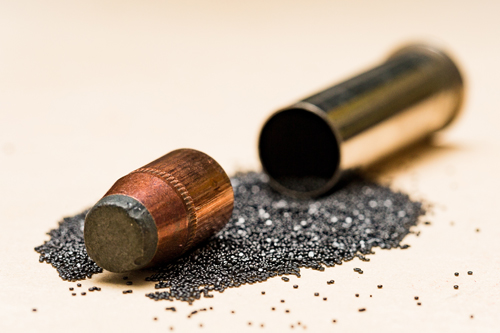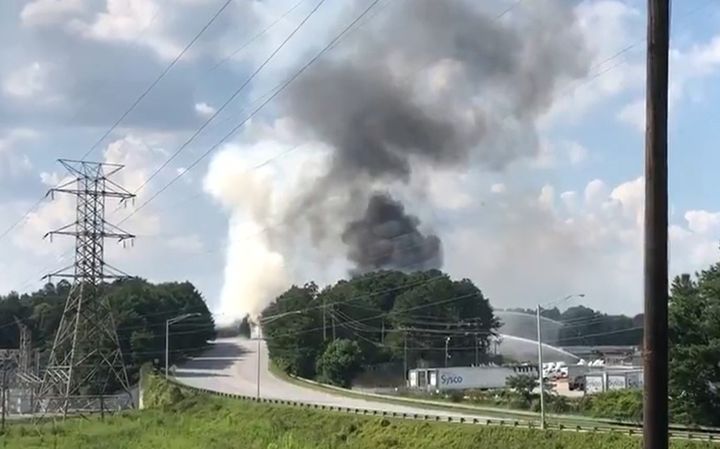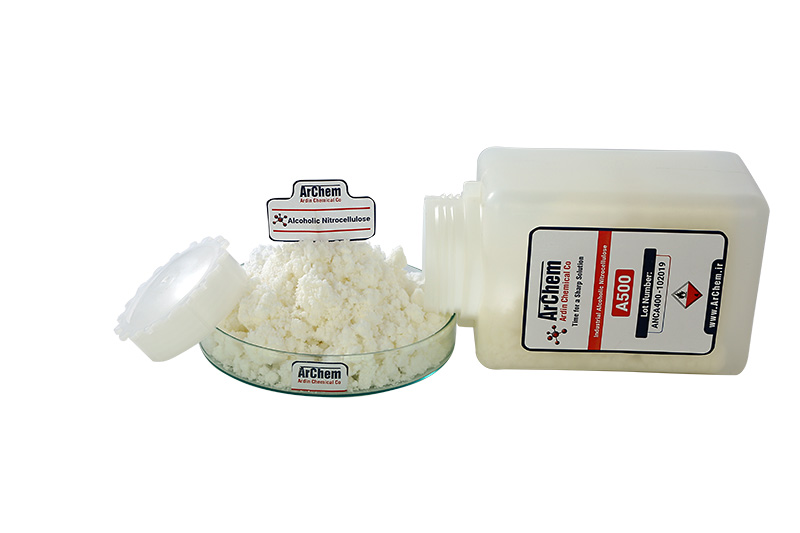
As we enter the year 2024, there is a growing anticipation surrounding the possibility of higher gunpowder prices. This projection raises pertinent questions about the underlying factors driving this potential increase and the broader implications it may have on various sectors. By scrutinizing the landscape, we can better understand whether such a surge is imminent and how stakeholders should prepare for its potential ramifications.
One of the primary drivers behind the speculation of higher gunpowder prices is the volatile geopolitical environment. With escalating tensions and conflicts across different regions, there is a heightened demand for ammunition and explosives. This surge in demand naturally exerts pressure on the supply chain, potentially leading to scarcity and subsequent price hikes. As nations invest more in defense and security measures, the demand for reliable sources of gunpowder is expected to rise, further contributing to the upward trajectory of prices.
Another significant factor influencing the outlook for gunpowder prices is the evolving regulatory landscape. Governments worldwide are increasingly focused on tightening regulations to address concerns related to illegal arms trafficking, terrorism, and public safety. While these measures are undoubtedly crucial, they often come with compliance costs and administrative burdens for manufacturers and consumers alike. As regulatory requirements become more stringent, the cost of producing and procuring gunpowder is likely to increase, ultimately translating into higher prices for end-users.
Furthermore, recent incidents at nitrocellulose manufacturing facilities, particularly in the United States, have highlighted the vulnerabilities inherent in the production process. These accidents underscore the importance of safety protocols and risk management practices within the industry. However, they also serve as a stark reminder of the potential disruptions that can occur, leading to supply chain delays and production bottlenecks. Such disruptions invariably impact prices, as the scarcity of key ingredients like nitrocellulose drives up costs for manufacturers and consumers alike.

Fire that destroyed a Nitrocellulose plant

Nitrocellulose is a Key ingredient in Gun Powder production
Considering these factors, it becomes evident that the prospect of higher gunpowder prices in 2024 is not unfounded. While it is impossible to predict with certainty the extent of the increase, stakeholders must remain vigilant and proactive in their response. Military and law enforcement agencies may need to reassess their procurement strategies and budget allocations to accommodate potential cost escalations. Similarly, businesses and hobbyists involved in firearms-related activities should consider diversifying their supply sources and exploring alternatives to mitigate the impact of price fluctuations.
The production of gunpowder is a significant industry worldwide, with several countries playing crucial roles in its manufacturing. While exact production figures may vary depending on the type of gunpowder and the source of data, some nations stand out as major producers based on historical production capacity, technological advancements, and industrial infrastructure.
-
United States: The United States has long been one of the largest producers of gunpowder globally. With a robust defense industry and a strong tradition of firearms manufacturing, the U.S. boasts several prominent gunpowder manufacturers that supply both domestic and international markets.
-
China: As one of the world’s largest producers of chemicals and explosives, China is a key player in the global gunpowder industry. The country’s vast industrial capabilities and access to raw materials make it a major supplier of gunpowder to various sectors, including military, law enforcement, and civilian markets.
-
India: India has a significant presence in the gunpowder manufacturing sector, fueled by its burgeoning defense industry and growing demand for ammunition. With a focus on domestic production and self-reliance in defense manufacturing, India has emerged as a key player in the global arms trade, including the production of gunpowder.
-
Russia: Russia has a long history of military and defense manufacturing, including the production of explosives and propellants. The country’s advanced technology and expertise in chemical engineering enable it to produce high-quality gunpowder for both military and civilian applications.
-
Germany: Germany is renowned for its precision engineering and advanced manufacturing capabilities. The country’s chemical industry plays a vital role in supplying gunpowder and other explosives to domestic and international markets, serving various industries, including defense, mining, and construction.
-
France: France has a rich heritage in arms manufacturing and explosives production. The country’s defense industry includes several companies specializing in the production of gunpowder and propellants for military and civilian use, contributing to France’s status as a major player in the global arms trade.
While these countries represent some of the largest producers of gunpowder, it’s essential to note that other nations also contribute to global production to varying degrees. Additionally, the dynamics of the industry can shift over time due to factors such as technological advancements, geopolitical developments, and changes in market demand.
It is always best to stay ahead of the market. It’s almost 100% that the prices of gun powder will drastically increase during the course of 2024 and possibly into 2025. As consumers, we must to aware as to why these trends are changes, and stock up while we can.








